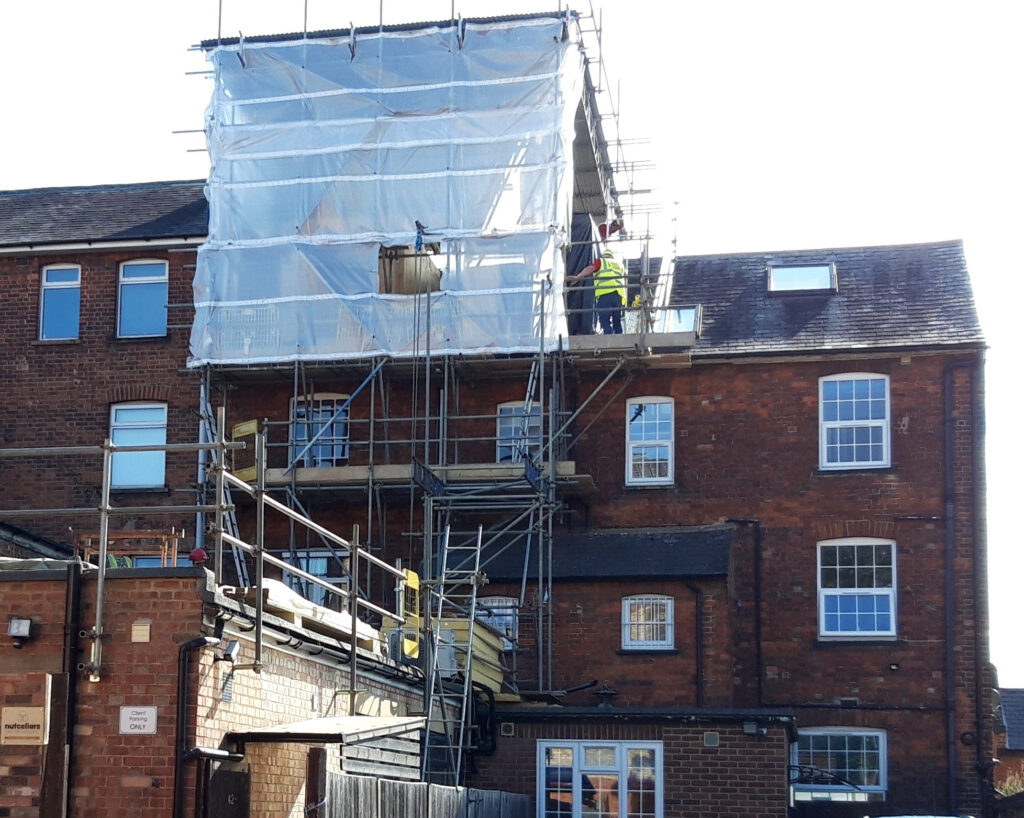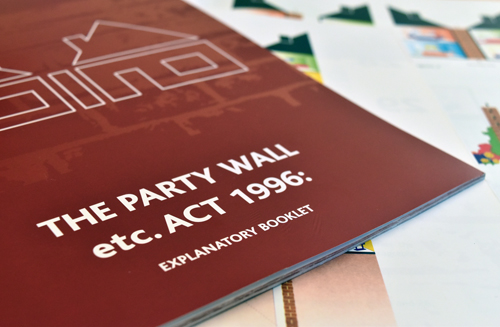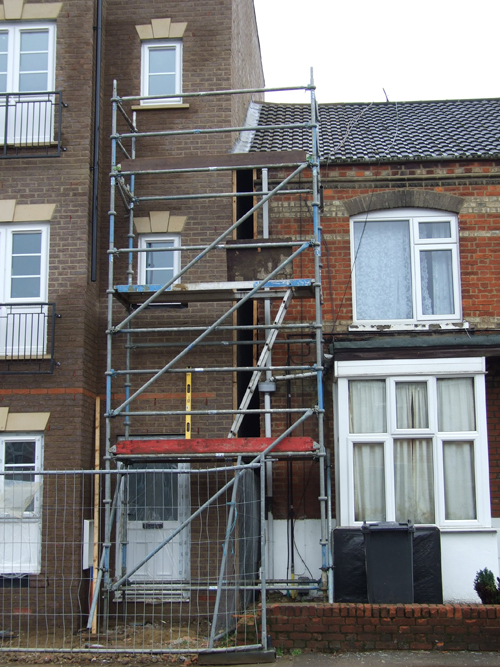Latest News
Land and Property Professionals
We sell, rent, manage, survey, plan and advise...what can we do for you?
We sell, rent, manage, survey, plan and advise...what can we do for you?

Although the Party Wall etc. Act 1996 has been active for the last 25 years in the UK, there is still some confusion over when it applies, to what building projects and what it covers.
The original Party Wall Acts only previously applied to the London Boroughs with its origin dating back to just after the Great Fire of London in 1666, when timber party walls were outlawed and masonry construction achieved firebreaks between properties.
The Act of today covers more than just work to walls separating dwellings or buildings of different ownership. The key to the scope of the Act is inclusion in the title of ‘etc.’. This is perhaps why there is still a lack of awareness of the Act and its applicability to building projects.
The Act covers:

The principle of the Act is to protect next door from damage caused by the notified works and if it does occur then there is a mechanism for resolving the damage without resorting to court. It also allows the building owner to rights of access to carry out the work where required.

We have recently seen a flood of enquiries precipitated by neighbours being contacted by ‘ambulance chasing’ surveying firms who look at planning application registers on local authority websites. They check where developments are taking place and then they cunningly contact the neighbours out of the blue. The letters often imply that they have been appointed, but it is important to highlight that until a Notice is served by the building owner, no appointments can be made under the Act.
Some enquiries we receive refer to a Party Wall Agreement. The terminology used in the Party Wall etc. Act 1996 is an ‘Award’. This is drawn up by a surveyor(s) and it determines whether the work is permitted under the Act and if any particular methods of construction are required to implement the construction in order to protect the neighbour’s property from damage. It also identifies rights of access onto the adjoining property for the purposes of the work.
When you have a building project, or your neighbour notifies you of their project under the Act, you should consult with a surveyor who has sound knowledge of the Act and procedures. An experienced party wall surveyor would be able to advise you on the risks to your property and whether a simple consent to the work should be given or an Award is required. Under the Act, all surveyors are required to be impartial in their advice and see that the terms of the Act are properly implemented. This allows the party wall surveyor to act as an agreed (joint) surveyor for both owners.
Our party wall surveyor, Stuart Brown, has been administering the terms of the 1996 Act since inception and has dealt with several hundred Awards over the years covering Bedfordshire, Hertfordshire and Buckinghamshire, including Milton Keynes, Biggleswade, Luton and Hemel Hempstead.
If you are intending to carry out building work close to your neighbour’s property or if your neighbour is about to build, please call Stuart Brown, Chartered Building Surveyor on 01234 362923 or email spb@robinsonandhall.co.uk to obtain advice on whether the Act applies and what procedures are involved.
Back to articlesFor further information please contact: